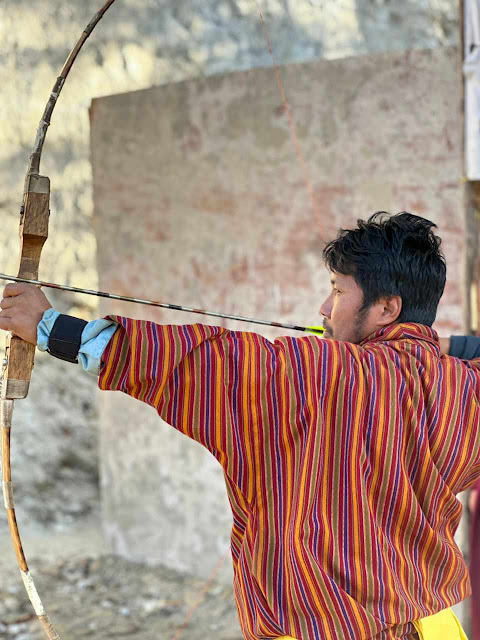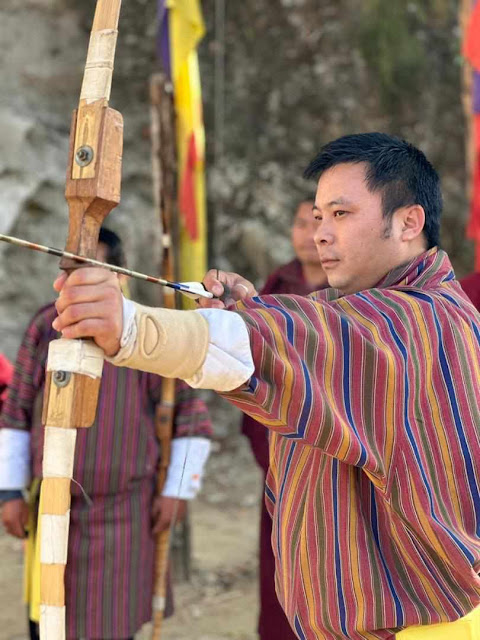Rollpa, Bhutan’s first board game
Players start the game by arranging the nine domains of GNH namely the living standards, education, health, environment, psychological well-being, community vitality, time-use, good governance and culture in front of them.
They then take turns rolling a die and picking a card each. Each card gives an option for a player to earn merits.
However, you cannot win if you get an indulgence or abstinence card, which are represented by monkey and elephant cards respectively.
The game is won by earning merits for each nine domains.
“What makes the game very fun and engaging to play is that it is a pretty unique product and it is Bhutanese through and through because while we are playing the game, not only is it educational it is also very fun. When we talk about how it is a Bhutanese game, unlike other games that I have played before, this game does not have one winner and this game does not have losers. Everyone can win something,” said Sonam Pem Tshoki, a Rollpa player.
The game explores the possibility of using board game mechanics to talk about the fundamentals of GNH development philosophy.
It has been developed over four years by a game enthusiast called Namdrul who is now planning to bring it out into the international market as well.
Currently, it is sold at the CSI Market in Thimphu at around 2000 ngultrum per box.
“On part of the GNH values, it mainly teaches you about the nine domains. We do learn about GNH in schools, however we learn more through the game such as how psychological wellbeing contributes to GNH values,” said Sangay Thinley, another Rollpa player.
The game shows the challenges of achieving balance in life. This aspect of the game can be incorporated in real life teaching players that happiness is a balancing act.
source BBS
Tshering Deki


















